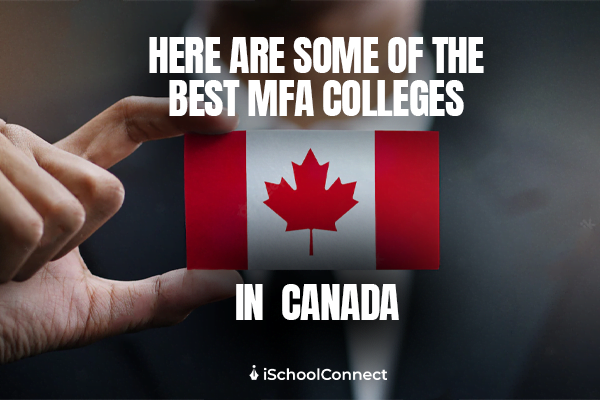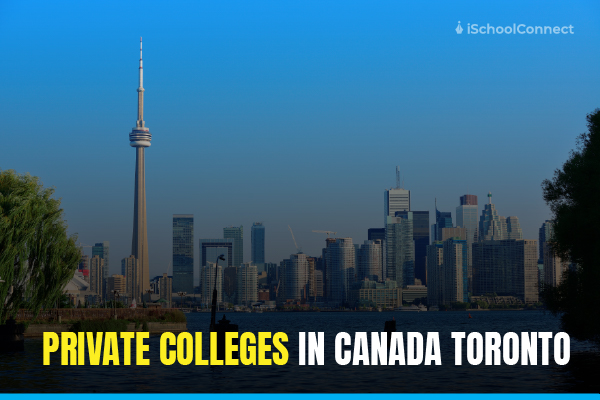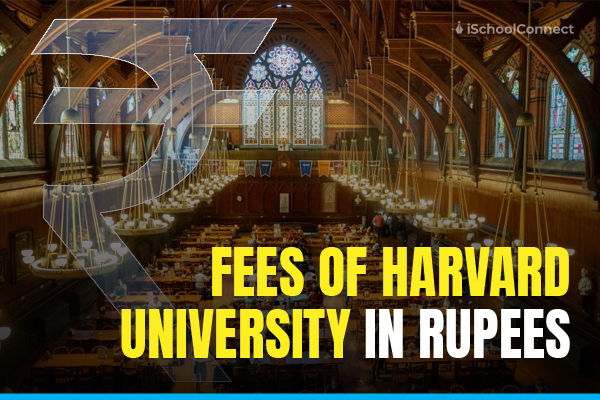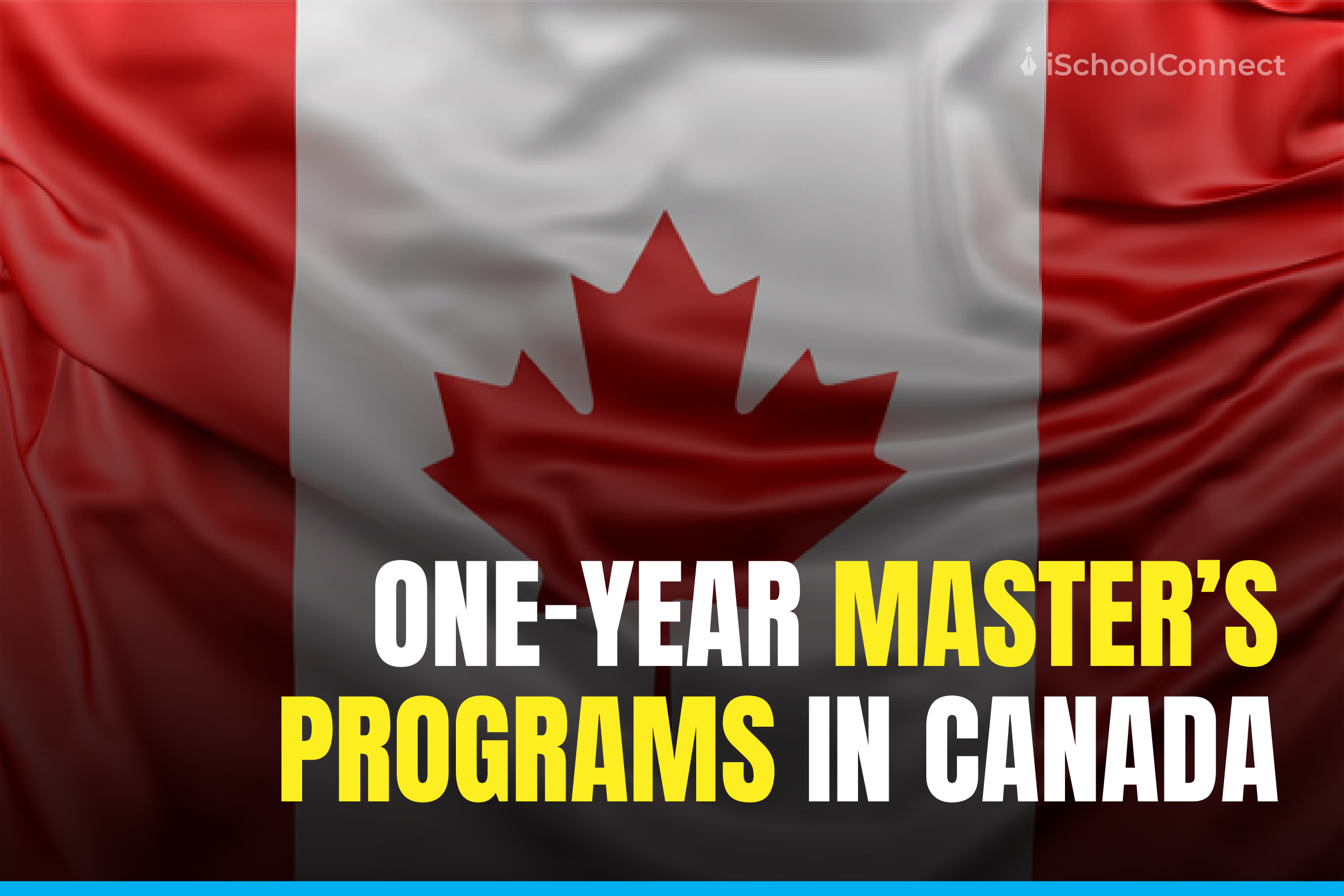Table of Contents
If you want to return to school and become a professional artist or designer, you’ve come to the right place. Indeed, a Master of Fine Arts (MFA) degree can help you hone your craft and prepare for an exciting career in the arts. Choosing an institution that will give you the most opportunities for growth is important. Now, let’s understand what a Master in Fine Arts is and look at some of the best MFA colleges in Canada.
What is an MFA (Master of Fine Arts)?

MFA is a two-year postgraduate course in visual and performing arts with specializations.
Regardless of whether it’s a technologically demanding field like graphic design or film editing, or a technology-free art form like drawing, an MFA degree indicates that a professional artist has completed a series of demanding courses in their art form. Notably, an MFA is a graduate-level credential, so you usually need a college degree before you can apply for one.
MFA graduates from the best MFA colleges in Canada claim that their graduate education enabled them to hone their artistic principles and inventive methods. Consequently, this elevated the standard of their work, making it more distinctive, polished, and fascinating. Additionally, MFA holders assert that possessing such a degree has provided them the credentials to instruct courses in their art form at academic institutions and the expertise to offer insightful criticism.
Candidates have a selection of MFA specializations from which to choose.
- Creative writing
- Ceramics
- Photography
- Painting
- Drawing and Illustration
- Sculpture
- Graphic design
- Applied Arts
- Computer animation
- Acting
Subsequently, a Master of Fine Arts course helps candidates refine their skills and become an artist in their chosen field. Given the diversity of the field, candidates holding an MFA degree have a plethora of career opportunities. Specifically, in sectors ranging from advertising and clothing to digital media and publishing houses.
Here are some of the best MFA colleges in Canada.
Emily Carr University of Art & Design
Emily Carr University of Art & Design is a public university in Vancouver, British Columbia. Founded in 1925, the institution offers Bachelor’s programs and two Master’s degrees: the Master of Fine Arts (Visual Arts) and the Master of International Sustainable Development.
The program is full-time, two years long, and covers a wide range of topics within visual art: drawing, painting, sculpture, mixed media, and installation also have access to various studios where they can develop their skills further by working with professional artists or practicing independently.
OCAD University
OCAD University is a public university in Toronto, Ontario, Canada. It is one of Canada’s largest and oldest educational institutions for art and design. OCAD offers courses at the undergraduate and graduate levels and has six academic schools.
The Faculty of Fine Art (formerly known as the Faculty of Fine Arts) offers BFA, MFA, and Honours programs in Studio Art (Visual Studies) and Graphic Design; Honours BA Programs in Art History/History of Art & Visual Culture; History; Critical Theory/Theory Studies; Creative Writing/Writing Studio.
The Faculty of Applied Science & Engineering has five departments: Architecture & Environmental Design; Building Science (formerly Architectural Science); Civil Engineering; Chemical Engineering & Applied Chemistry; Urbanism has both undergraduate programs with an option to specialize after graduation or pursue an Honours degree program.
Columbia College
Columbia College Chicago is a private, four-year institution located in the heart of downtown Chicago. The college was founded in 1890 and offers undergraduate and graduate degrees through its seven schools.
Furthermore, Columbia College Chicago offers various programs such as Communication, School of Culinary Arts, School of Education and Social Policy Studies, School of Film + Television (SFTT), School of Music Performance/Composition (MPC), and the Theater Department at Columbia College Chicago’s Professional Actors Training Program (PATP).
It has several international partnerships with universities abroad and off-campus degree completion programs that can be completed anywhere in the world. In addition, its full-time programs are available on campus or online across North America.
University of Toronto

The University of Toronto is a leading research university, one of the top universities in Canada, ranked as the best MFA colleges in Canada, the best university in North America, and the second-best university in the world. It’s also consistently placed among the top 20 worldwide.
Sprawling across the city, the University of Toronto has two campuses: St George downtown and Scarborough, south of Steeles Avenue East. Meanwhile, the St George campus is home to most faculties and schools, including arts & humanities; science & engineering; social sciences & law; management & professional development; medicine & dentistry.
The University of Waterloo
If you’re looking for a program that will give you the skills to become a leader in your field, then the University of Waterloo might be your best bet. Founded in 1957, the university has developed a culture of entrepreneurship and innovation that has helped it launch many successful businesses.
The school offers programs in engineering, mathematics, business administration and economics, science—including biology and chemistry—and computer science, as well as environmental studies. They have faculty members who are recognized experts in their fields; many also teach at other universities across Canada or abroad.
The University of Lethbridge
Since its founding in 1967, the University of Lethbridge has become integral to the city. Its main campus is perched on a hill overlooking Lethbridge, where you can take advantage of breathtaking views from your dorm room window or stroll along the river valley in the great outdoors.
Moreover, there are plenty of extracurricular activities available for students, including intramural sports teams for all sorts of interests (basketball, soccer), student clubs (including one that helps you plan your future career), and even a student newspaper called The Gateway.
Students will need to submit their high school transcripts as part of their application package; they should also have good grades in any previous courses they’ve taken at the university level or above. You’ll also need a personal statement outlining why you want to attend this program at this particular school.
The admission staff ensures that every applicant gets personalized feedback on their essay. Once accepted into the program, many courses are available with specializations such as creative writing or fiction studies. Each class may consist of only two hours per week but still gives students plenty of time outside classwork to pursue other interests too (such as volunteering).
Tuition fees vary depending on what degree program you choose—but no matter which option sounds best to each student’s needs, there will always be something affordable within reach.
Job Opportunities After Pursuing an MFA in Canada
Strong Job Market
Indeed, Canada boasts a robust job market abundant with opportunities for skilled professionals. Armed with a Master’s degree, you can access diverse job prospects across various sectors.
Work Permit
Upon concluding your studies in Canada, you might qualify for a three-year post-graduation work permit (PGWP).
Networking Opportunities
Pursuing education in Canada paves the way for unparalleled networking avenues. Moreover, this allows you to establish connections with esteemed professors, fellow classmates, and prominent figures in the industry.
Pathway to Permanent Residency
Canada offers an array of immigration programs that cater specifically to international students and graduates. If you’re contemplating a permanent stay in Canada, the experience and insights acquired during your MS program, followed by relevant work exposure, can bolster your eligibility for Canadian permanent residency.
Competitive Salaries and Benefits
Canadian employers are renowned for proffering competitive salaries complemented by an exhaustive benefits package. This often encompasses healthcare, retirement plans, and paid vacations. For context, to put it in perspective, an average graduate student in Canada earns approximately $55,826 annually. Consequently, such perks culminate in an enriching work-life balance and an elevated standard of living.
Key takeaways
- Canada is home to some of the best MFA programs in the world and has an incredible selection of international and homegrown talent.
- There are no tuition fees at public universities, and the average cost of living is about $4,000 per year for international students.
- If you’re interested in studying abroad with one of these top-ranked art schools, check out our post on how much it will cost.
- Each school offers something different worth exploring if you want to get the best MFA colleges in Canada.
We hope you enjoyed reading this blog! If so, please share your views in the comments below. Click here to reach out to us for more information.
We would be happy to assist you with your queries.
Liked this blog? Read next: Top universities to study arts | 10 must-know ones!
FAQs
Q1. How difficult is it to enroll in an MFA program?
Ans – Admission to an MFA program is challenging. MFA programs prefer to accept applicants who have been out of school for some time, have demonstrated their ability to write on their own time, and may even have a publication or two or have contributed to the writing/literary community.
Q2. What’s the value of an MFA in fine arts in Canada?
Ans – The MFA in Canada, the final professional degree in fine arts and qualifies you to instruct at both the undergraduate and graduate levels, not only aids in your artistic development but also ensures financial security.
Q3. MA or MFA, which is superior?
Ans – The MA degree stands for Master of Arts and typically entails 120-course credits that take two or more years (when taken full-time) (or part-time). An MFA, or Master of Fine Art, usually takes longer to complete than an MA because it typically requires 150 credits.






